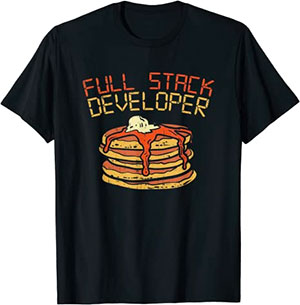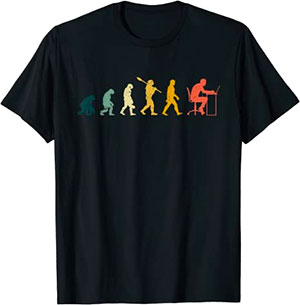In this tutorial we’ll be building a tab component in React. Tab components allow you to break complex interfaces into smaller subsections that are easy to navigate between. Tabs are a commonly used UI element so having an understanding of how they work in React is quite beneficial.
For the purposes of this tutorial we’ll setup a project using Create React App by running the following command:
npx create-react-app react-tabsOnce the setup is complete create a new /src/components folder with a Tab.js file and tab.css file.
We’ll now create the basic structure for the tab component in the Tab.js file:
import React, { useState } from "react";
import "./tabs.css";
const Tabs = () => {
return (
<>
<h1>Hello World</h1>
</>
);
};
export default Tabs;Code language: JavaScript (javascript)Now let’s load the component by editing the App.js file as follows:
import "./App.css";
import Tabs from "./components/Tabs";
const App = () => {
return (
<div className="App">
<Tabs />
</div>
);
}
export default App;Code language: JavaScript (javascript)Test to see that the component had been loaded successfully then move onto the next step.
Back to the Tab.js file let’s first declare the required variables:
import React, { useState } from "react";
import "./tabs.css";
const Tabs = () => {
const [activeIndex, setActiveIndex] = useState(1);
const handleClick = (index) => setActiveIndex(index);
const checkActive = (index, className) => activeIndex === index ? className : "";
return (
<>
<h1>Hello World</h1>
</>
);
};
export default Tabs;
Code language: JavaScript (javascript)activeIndex– contains the index of active tab, in our case 1,2, or 3.handleClick– sets the active index when a tab is clicked.checkActive– adds the active class for styling and toggling visibility.
We can now add the HTML markup starting with the clickable tab elements:
const Tabs = () => {
const [activeIndex, setActiveIndex] = useState(1);
const handleClick = (index) => setActiveIndex(index);
const checkActive = (index, className) => activeIndex === index ? className : "";
return (
<>
<div className="tabs">
<button
className={`tab ${checkActive(1, "active")}`}
onClick={() => handleClick(1)}
>
Product Info
</button>
<button
className={`tab ${checkActive(2, "active")}`}
onClick={() => handleClick(2)}
>
Customer Reviews
</button>
<button
className={`tab ${checkActive(3, "active")}`}
onClick={() => handleClick(3)}
>
Delivery & Returns
</button>
</div>
</>
);
};
Code language: JavaScript (javascript)And the panels that contain the content:
const Tabs = () => {
const [activeIndex, setActiveIndex] = useState(1);
const handleClick = (index) => setActiveIndex(index);
const checkActive = (index, className) => activeIndex === index ? className : "";
return (
<>
<div className="tabs">
<button
className={`tab ${checkActive(1, "active")}`}
onClick={() => handleClick(1)}
>
Product Info
</button>
<button
className={`tab ${checkActive(2, "active")}`}
onClick={() => handleClick(2)}
>
Customer Reviews
</button>
<button
className={`tab ${checkActive(3, "active")}`}
onClick={() => handleClick(3)}
>
Delivery & Returns
</button>
</div>
<div className="panels">
<div className={`panel ${checkActive(1, "active")}`}>
<p>Lorem ipsum dolor sit amet, consectetur adipiscing elit. Aenean erat ligula, feugiat at felis vitae, porttitor lacinia quam.</p>
</div>
<div className={`panel ${checkActive(2, "active")}`}>
<p>Nulla lobortis quis massa quis lobortis. Nullam porta semper lorem, vel efficitur augue rutrum quis. Suspendisse potenti.</p>
</div>
<div className={`panel ${checkActive(3, "active")}`}>
<p>Cras porta consectetur dolor porttitor fringilla. Cras vitae urna ac erat fermentum egestas. Donec egestas cursus scelerisque.</p>
</div>
</div>
</>
);
};
Code language: JavaScript (javascript)Now we just need to add the CSS as follows:
.tabs {
display: flex;
}
.tab {
justify-content: center;
align-items: center;
width: 100%;
background: lightsteelblue;
padding: 2em 0;
border: none;
}
.tab:not(:last-child) {
border-right: 1px solid steelblue;
}
.tab.active {
background: steelblue;
font-weight: bold;
}
.panel {
display: none;
background-color: #eaeaea;
padding: 10px;
}
.panel.active {
display: block;
}Code language: CSS (css)That’s all for this tutorial. You should now have a working tab component that’s can easily be dropped into a React application. If you’re interested in learning more about building custom React components check out all our React tutorials here.




